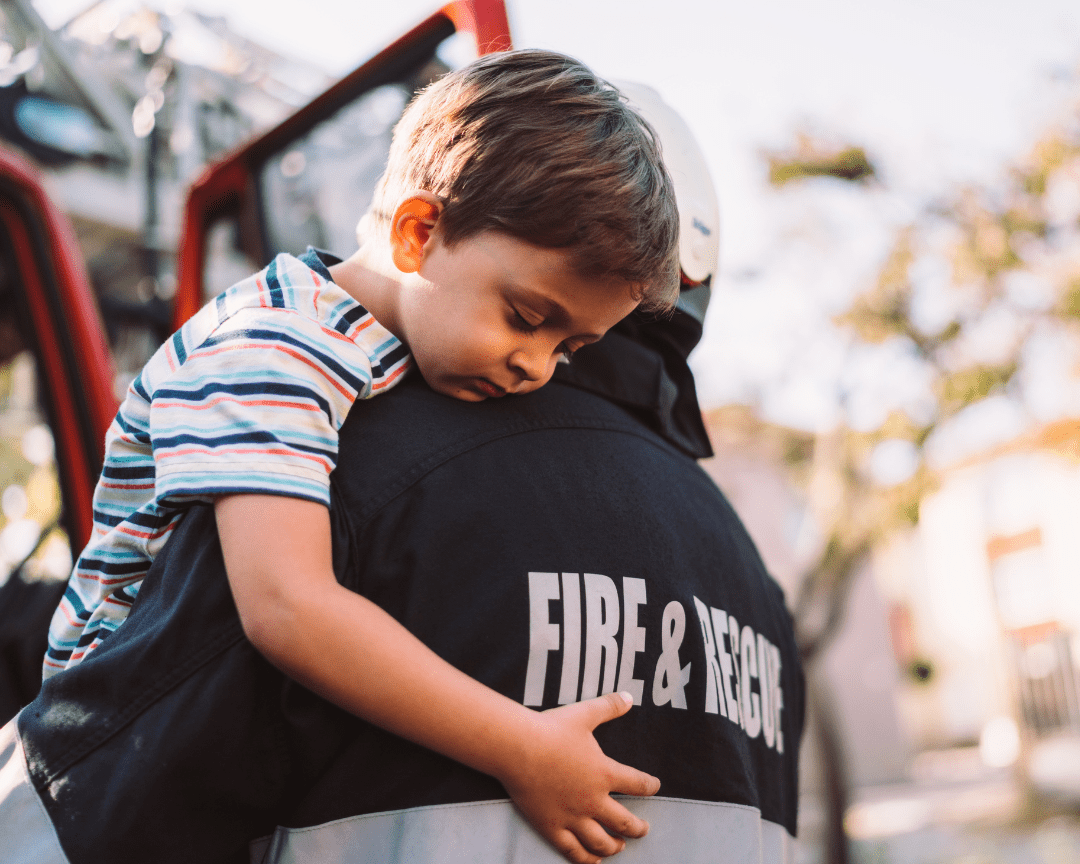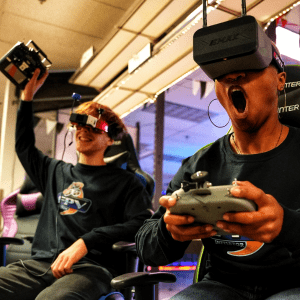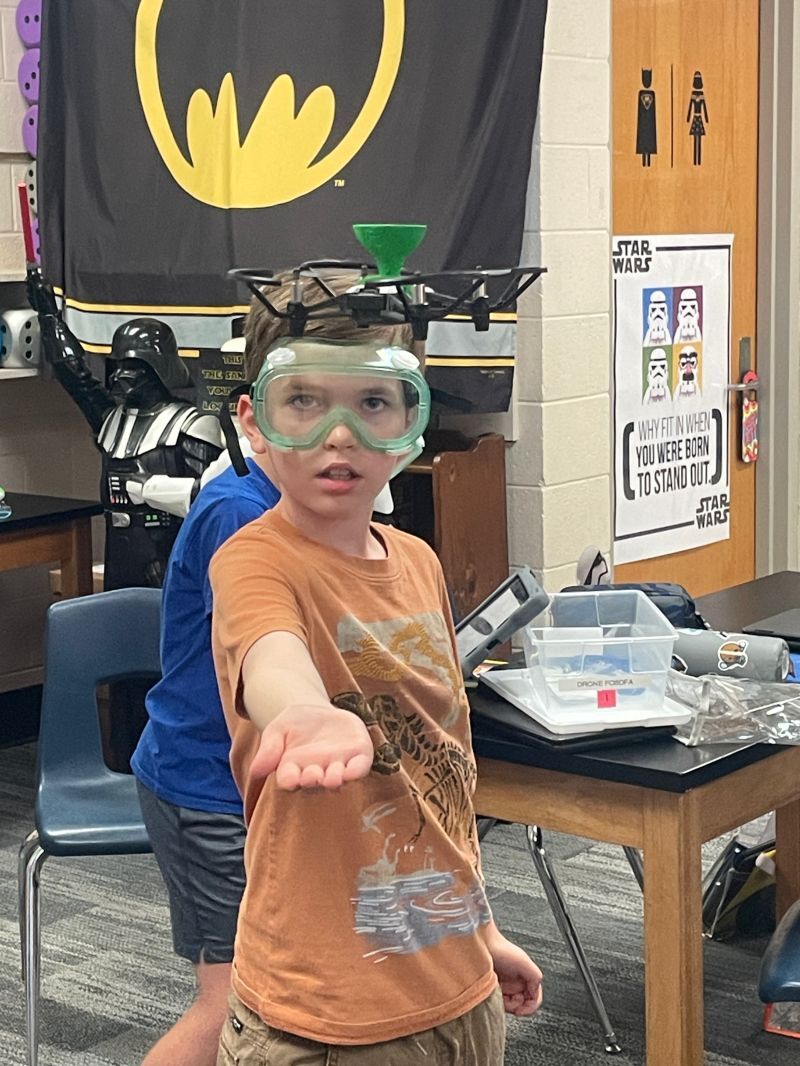On September 28, 2022, Hurricane Ian quickly became a Category 4 hurricane as it lurched towards the west coast of Florida. The hurricane’s wind speeds reached 155 mph, just 2 shy of a Category 5 hurricane. Millions of Florida residents braced themselves for impact. By the next day, Hurricane Ian would become one of the worst storms to strike the United States.
Even though the devastation was enormous across the state of Florida, heroes were quick to step in. Law enforcement, fire rescue, and disaster volunteers from all over helped citizens get to safety. In many cases, these brave heroes were assisted by drones.
Drones are often used in disaster relief scenarios because they can reach places unsafe for humans and keep rescue teams from having to put themselves in danger unnecessarily. Tragic events like this remind us why drone technology is so important. Drones bring communities together and help them stay together by saving lives in the face of an emergency.
FSU Drone Team
Among the heroes after the storm was Florida State University’s drone team, which included four university students. Their team also included fire and rescue workers as well as researchers from Texas A&M University. To contribute to the hurricane relief efforts, they flew drones to help with search and rescue.
In this scenario, drones provide more accurate data than maps because they can view what’s happening almost in real-time. Even with the development of technology, the data maps provided are usually outdated and won’t include any relevant information such as damage or flooding. But drones are able to efficiently gather this information, allowing rescue teams to be prepared with the right resources.
Hurricane Ian Drone Footage
Near Fort Myers, Florida, storm chaser Aaron Jayjack used drone footage to assist families in getting information about their homes and loved ones. For many Florida residents unable to get back to their homes, the wait can be unbearable.
Aaron tweeted that he was willing to fly his drone over any area for anyone trying to gather information about their home or check on loved ones. He mentioned that after disasters like this, the government usually places a temporary flight restriction to keep civilian drones from interfering with emergency operations.
That’s why Aaron is quick to act and gets as much footage as possible of the hardest-hit areas. But this storm chaser isn’t the only one using drones to get disaster footage. Florida Power & Light, a widespread electric utility company in Florida, used its FPLAir One drone to check for damage and power outages.
Verizon Flies Drones Over Sanibel
Sanibel Island, Florida was another area hit incredibly hard by Hurricane Ian. But in an attempt to help with recovery efforts, Verizon deployed drones after the hurricane on October 1st. The Verizon Crisis Response Team Tethered Drone was deployed in an attempt to provide temporary cell services and make rescue efforts more efficient.
Despite the mandatory evacuation orders, many residents of Sanibel Island stayed put during the hurricane, and drones like these help organizations assess where help is needed the most. This is crucial in areas like Sanibel, where the causeway leading to the island was completely destroyed. Due to the damage and excessive flooding, search and rescue teams are the only way for residents to get off the island.
“Robots to the Rescue” After Hurricane Ian
There were plenty of heroes coming to help those in need after the hurricane, and in this case, robots also came to the rescue. David Derrick, the director of the Center for Disaster Risk Policy at Florida State University, discussed with Science Friday how drones can help with rescue efforts.
According to Merrick, they’re able to crawl through tight places, fly over severely flooded and damaged areas, and even go underwater to check damage to bridges and other structures. Drones make the jobs of rescue teams easier by allowing the teams more time to do what drones are unable to do. And the drones save them valuable time by gathering data quickly and allowing the rescue teams to be more prepared when traveling to a specific location.
Post-Tropical Cyclone Ian and Drone Footage of Flooding
The effects of Hurricane Ian reached as far as the east coast of Florida. Drone footage from Daytona Beach showed extensive damage and extreme flooding in that area. Nearly two million people across the state were left without power, but drone footage like this allows for rescue teams to know where they need to go and saves critical time that can be used to help those in need.
The Drone Legends Community Stands With Florida
We are grateful for law enforcement, fire rescue, first responders, and numerous other heroes who are doing the hard work of saving lives in Florida. It’s in times like these that we are grateful for what drones are able to do. In a state of emergency, every second is valuable. Drones allow these heroes to respond quickly and accurately to those in need.
At Drone Legends, we stand with the Florida community during this tragic time. Although we know it will take some Florida residents months or even years to rebuild, our hearts go out to all those affected by Hurricane Ian.




